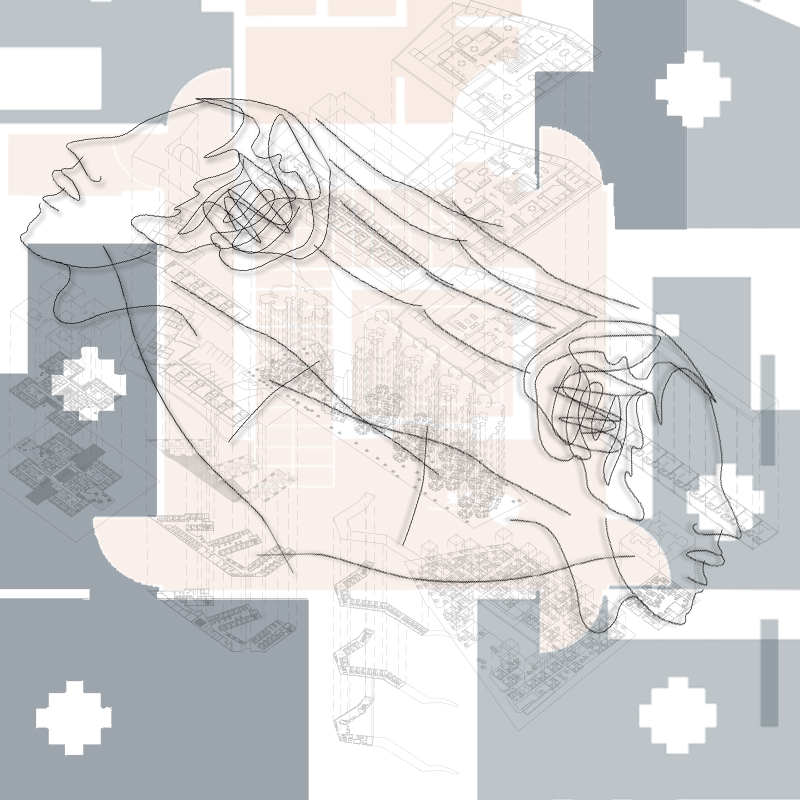

The focus of this research project is the design of closed collective cohabitation units for people in need of some kind of support/care, the parameters included in this designing process and, furthermore, the evaluation of how a human being experiences, interacts and is influenced by buildings in conditions of social restriction. More specifically, this research studies the spaces of orphanages, nursing homes and hospitals as building units where people receive special treatment/care. With regard to the above, the orphanage and the nursing home of Volos, the communal spaces of a hospital to a lesser extent, as well as some other modern examples are examined.
The objective of this project is to highlight the aspects of collective housing in relation to specific age groups, the different needs for care of each age group, how these needs translate to spaces and what are the typological characteristics that facilitate the residents’ living both as units and as a group.
The focal point on the functions and final configuration of any building unit is the resident and, for this purpose, the contribution of architecture should be to provide solutions for care spaces that serve the resident’s needs. The study of architectural design and care in collective housing is quite substantial and, unfortunately, has not been applied enough, or appropriately, in Greece so far.
In order to better evaluate the conditions inside the buildings of this study, it was deemed necessary to visit them in person. After recording the personal experiences of familiar people, the imprinting of the buildings, the apposition of sketches and photographs, significant conclusions were drawn regarding designing. These conclusions, along with the study of some interesting counterexamples, have formed a series of parameters and criteria regarding the optimal design of the collective residences under discussion.
Supervisor: Kosma Anthi
Reference Number: 1119
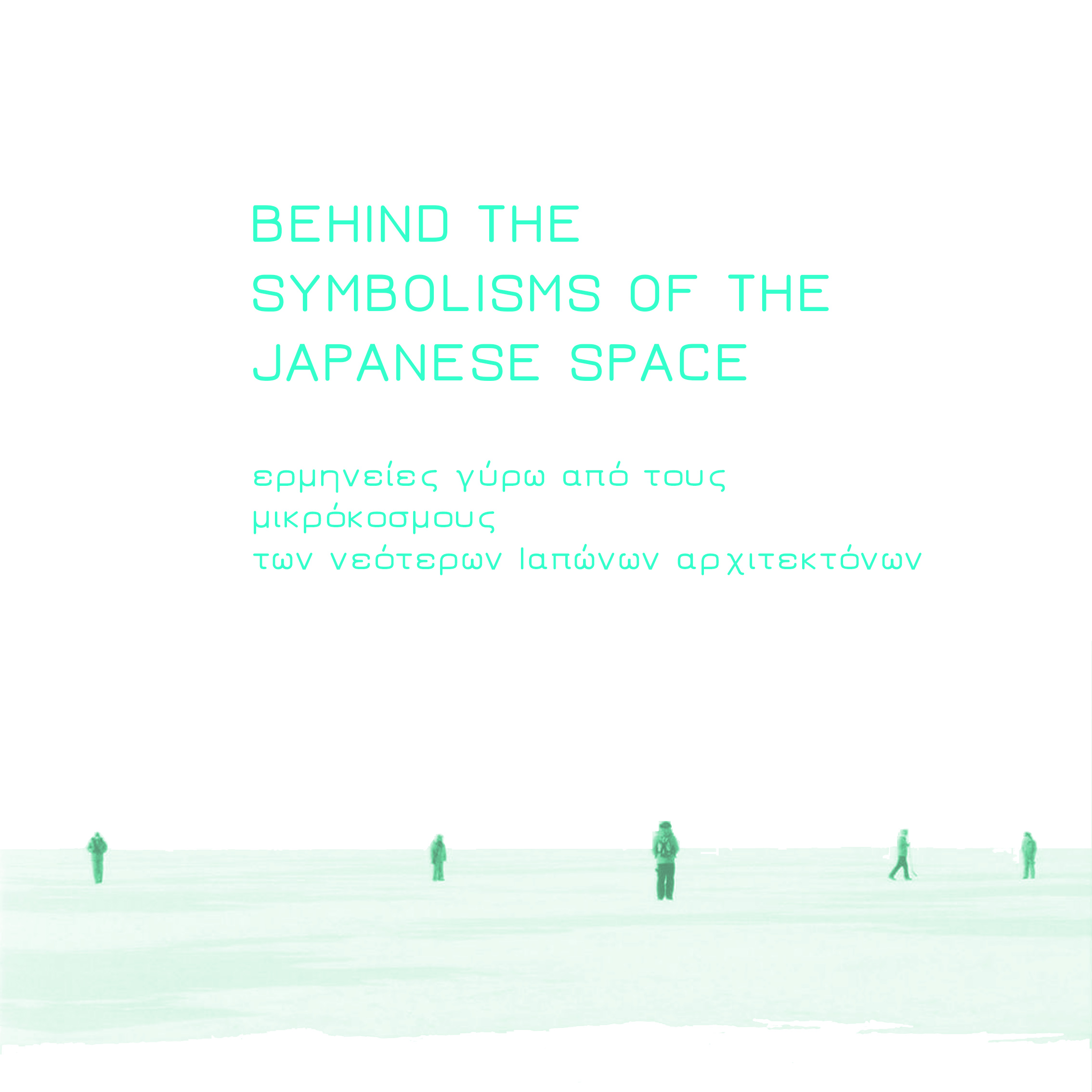

Japanese architecture has always aroused interest and encouraged observation and study by the Western world. Light room dividers made of wood, translucent sliding panels, the tendency to create something in between and the special relationship of the Japanese people with the quality of light, are elements that have been, and continue to be, a source of inspiration for many architectural projects worldwide. However, the last twenty years new features appear in Japanese design, which was directly influenced by rapid technological development. These are gestures that are strongly felt mainly during the process of conceptualizing the ideas that are to be developed but also during the creation of representational images related to them, leaving resounding messages for the redefinition of the architecture of the future. Their need to communicate the work as directly as possible with the related subject, but also to stimulate his imagination for the space he is going to inhabit, results in the creation of magical images that overflow with sincerity.
The purpose of the research is the collection of such designs and the observation and study of the elements that make them unique and managed to characterize the generation of younger Japanese architects. In this study, the architects that will be discussed base their work on a refreshing visual description of their projects, without hesitating to include to many of them with their subjective look.
The research method involves firstly observing the designs produced by the younger Japanese architects and through their observation, a list of characteristics is created. These new features are then further analyzed based on specific examples. Through the resulting conclusions, a comparison is made regarding which of these characteristics are found on the European continent and how they are applied. Concluding the research, a personal look and critique of the design characteristics of Japanese architects is presented, which is expressed through working models and digital collages.
Supervisor: Gavrilou Evelyn
Reference Number: 1166
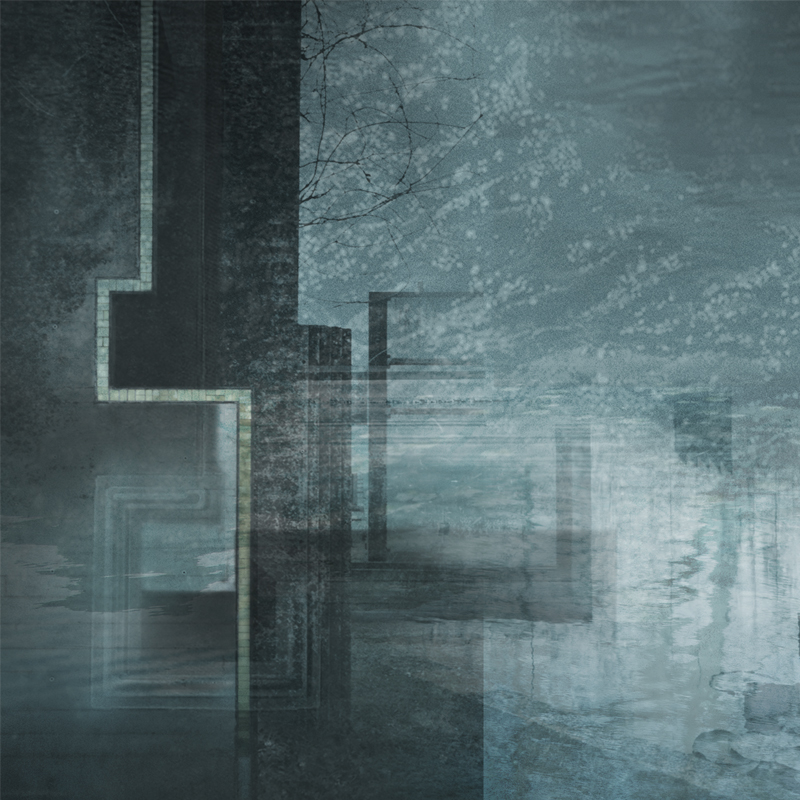

Τhe aim of this research paper is to attempt, through the study of the work of the Italian architect Carlo Scarpa (1906- 1978), to uncover and describe the less obvious and said design qualities in his work that are rendered through the properties of water.
While his design writing shows strong elements of the modern movement, he could not be described as a faithful representative of it. With a strong localist element of Venetian culture, Scarpa, unlike any other representatives of modernism, formulated his own architectural language, blending elements of modernism with those of Venice, thus respectfully bridging past and future, always leaving their qualitative differences intact.
The water element is dominant in his work. He embodied in himself as a result of his Venetian origins, embodied with skill in his mainly-scale works in an endless attempt to transfer the past to the present and to deposit the present in the past. By borrowing the properties of water in modern materials such as concrete, he manages to answer the problem of the weightlessness of structures, while masterfully combining materials of different origins and qualities.
On the occasion of his works in which water plays a leading role, an attempt will be made to decipher the aquatic techniques and tools that Scarpa, as a highly trained Venetian craftsman, uses in order to create an integrated sensory spatial experience in which the visitor actively participates by experiencing the space.
Scarpa seems to be proof that architect’s design must be based on a deep knowledge of the historical past of a place in order to be able to stand up responsibly and honestly to the uncontrollable architectural demands of tomorrow.
Supervisor: Manolidis Kostas
Reference Number: 1149
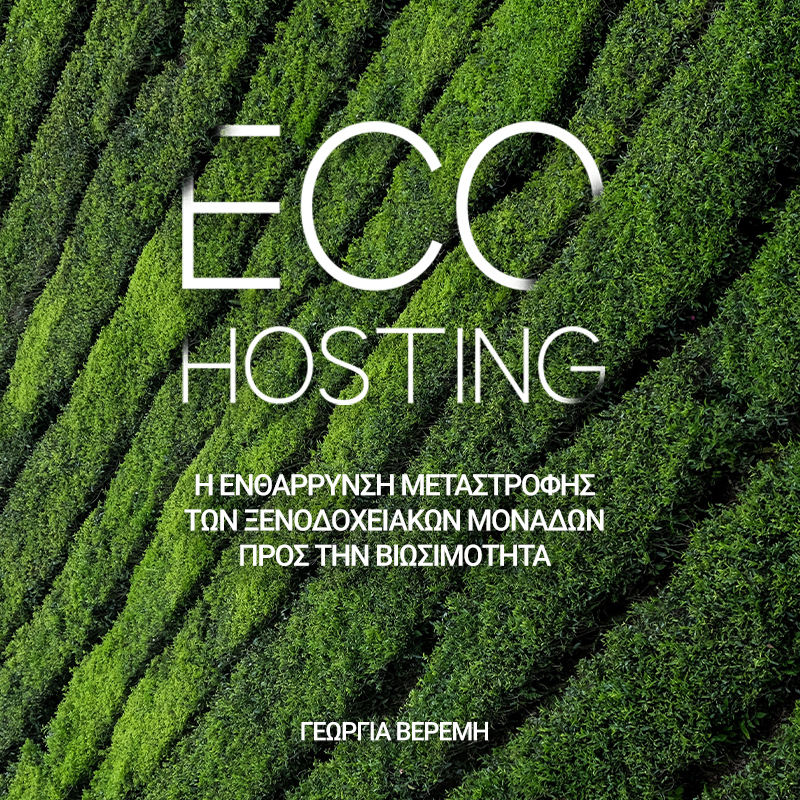

The tourism industry is not only the largest industry in the world, but also the largest source of revenue for Greece. However, due to the materialistic era in which we live, mass tourism is promoted and this industry is responsible for about 5% of global emissions of greenhouse gases. In addition, the sensitive ecosystems of tourist areas (islands, habitats, etc.) are degraded, gradually depleting natural resources and eroding the natural environment, thus significantly hampering the proper functioning of the ecosystem.
With the revision of the policy of the existing tourism model, it is considered necessary to move to a more sustainable one, with the promotion of different categories of tourism, environmentally friendly, such as ecotourism and agrotourism. Hotel facilities play an important role, as they should follow some guidelines set by sustainability certifications, in order to be built from scratch or upgraded with the aim of almost zero burden on the environment.
However, despite efforts to promote sustainable tourism, in Greece this model is not fully supported due to the incomplete information given to entrepreneurs and tourists, with the result that out of 10.052 hotels and over 70.000 rooms and accommodations in the country, only 460 have been certified.
The aim of this thesis is to list the effects of the conventional tourism model and to inform, based on existing examples, about the alternative modes of operation of the facilities, and information from the certification systems, about the requirements defined by each, as well as the levels at which they are divided, in order to encourage the transition of hotels towards sustainability.
Supervisor: Adamakis Kostas
Reference Number: 1133
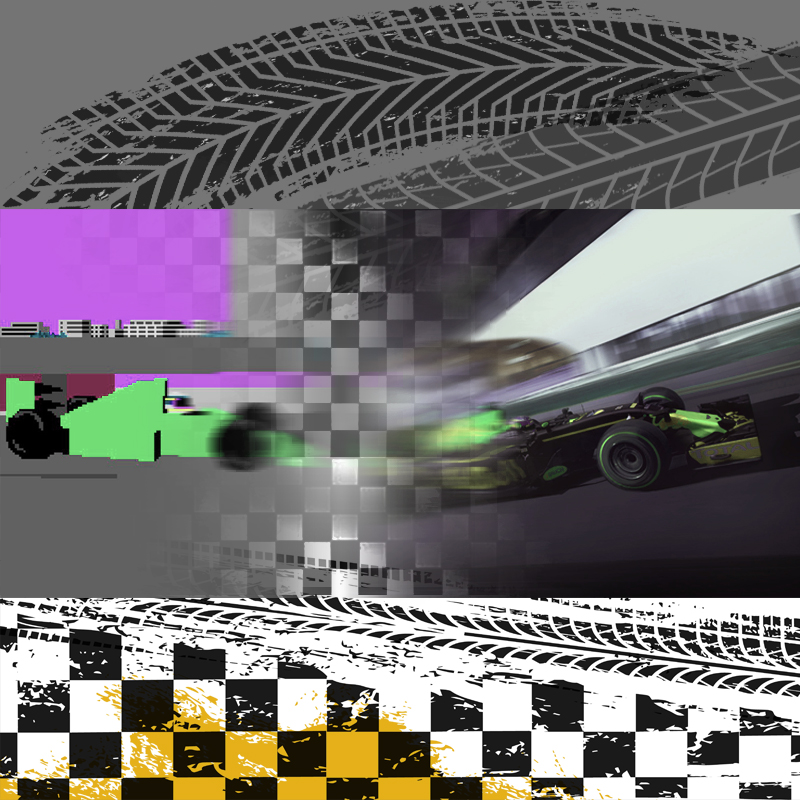

The need for entertainment in everyday life was expressed through the creation of video games and gradually those games were identified with athletics and also with motor-driven sports. The subject of this project is the study of the designing parameters that connect architecture with formula-1 video games, it examines the creators viewpoint on realistic or non-realistic results.
Firstly, a categorization of video games is conducted based on their breakpoints in their development and modification such as the transition of 2-dimensional to 3-dimensional environments and virtual reality. Their resonance in combination with the auxiliary technology, have led to the total incorporation into the architectural field and the reenactment methods of the laps, in combination with the 3dimensional graphics and the optoacoustic recreation in order to achieve a more realistic approach.
Secondly, a more thorough exploration of those areas is carried out from the sensory field. The immersion term is investigated,the ways in which it is achieved, as well as the relation between immersion and territorial structure. It is observed that the user immersion in the structured environment is closely related to interactivity, while the new available computational tools offer groundbreaking possibilities that could elevate the spatial experience.
In the last and final section of the project, the manners of portrayal and expression are explored that are critical for the variety of these types of games, as well as architectural characteristics worth critiquing. Also, the creative aspects were not excluded and boosted the resonance of some games engraving the young generations’ minds with characteristic images up until today.
In conclusion, the solid collaboration of art and science that are included in the architecture and design of laps- games is the key to success behind motor- driven sports in the digital world, while it is the crucial understanding point of space and speed.
Supervisor: Papadopoulos Spiros
Reference Number: 1177


The aim of this thesis is to investigate the spacial imprint of the memory of the first abode, a special place in which personal memories lie. The main goal is to decipher the subjective and fragmented nature of memory, without losing the morphological uncertainty that characterizes it. To achieve this, two studies run in parallel. In the first one, different academic views are being researched and discussed, views that are focusing on alternative interpretations of the very nature of space, the origins of the first abode, the concept of the ‘uncanny’ and the sensorial qualities that a space emits through the usage of materials.
The work of Bachelard is a major focus and is being quoted throughout the study, in regards to the themes of space and residence. Furthermore the fragmented and the uncanny nature of memory is being discussed and analyzed; thereby the work of Freud and Heidegger is being referenced. At the same time, a series of optical experimentations, artworks, digital models and photographs have been created in order to document and depict the memories of my childhood home. A journal runs along the academic study, a journal that was being written during the designing process of the last couple of months.
A diary that becomes more fragmentary in its form, conveying to the reader the fragmented nature of my research. Through all these visual experiments and personal research the goal is to explore the very nature of memory, as well as to find the means of creating an imprint of the long-forgotten house of my childhood.
Supervisor: Psychoulis Alexandros
Reference Number: 1112
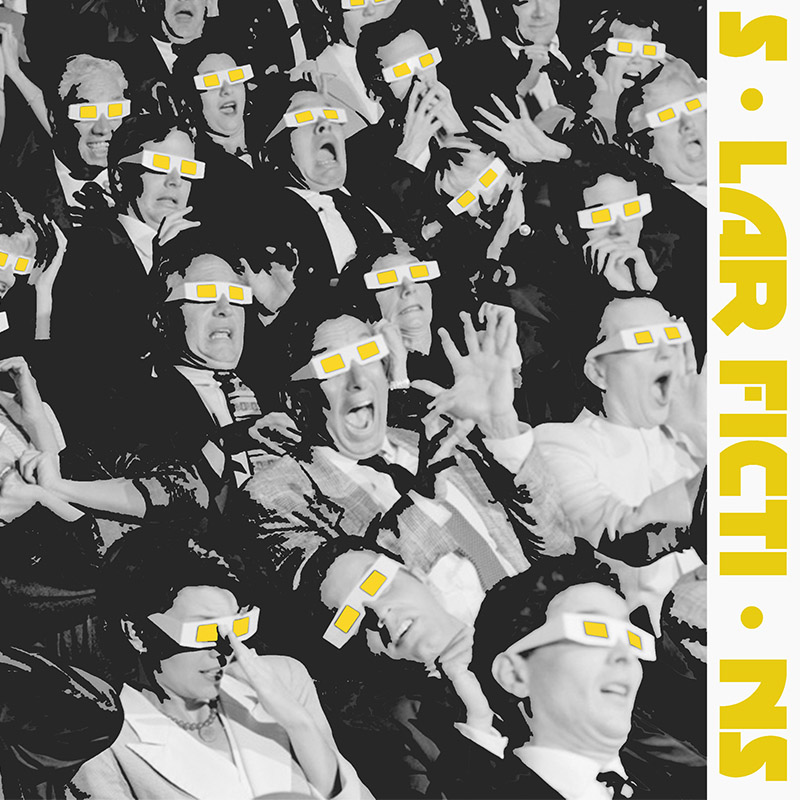

This research thesis explores possible scenarios in sci-fi cinema for the future of humanity in relation to the dynamic associations it presents with the sun. The sun is examined in terms of its effect on society and culture, in the past, present and future. The concept of Solarity is explored as a constant in human life that affects and is affected by human activity. The sci-fi cinema succeeds in creating future depictions, both utopian and dystopian, that deal with different aspects of Solarity. Solarity emerges in its most hostile form on planet Arakis of the movie Dune (2021), as an extreme scenario for the future of climate change and is compared to phenomena of today and historical analogues. Post-solar societies are introduced in the films Last Sunrise (2019) and Snowpiercer (2013), in which we try to attempt the conditions that led to the absence of the sun and the subsequent consequences for humanity. The last chapter examines a future reaching a utopia thanks to energy abundance, the African country of Wakanda, presented in the film Black Panther (2019). This utopia is compared and connected in the fields of Solarpunk and Afrofuturism, and manages to urge us to envision a better future. The different solar imaginaries that are presented, set humans as a central factor in their origin, course and evolution.
Supervisor: Phokaides Petros
Reference Number: 1171
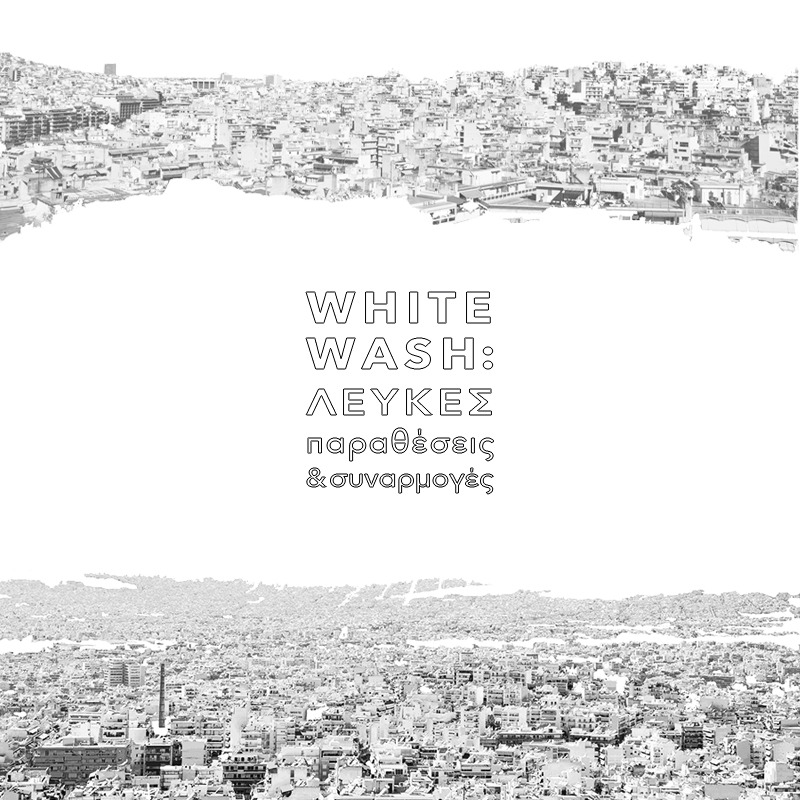

This research paper, as it appears from its title, deals with some of the dimensions of the wide thematic field that arises from the concept of whiteness. The choice of the term "whitewash" was made because it literally means calcification, or to paint something exclusively white, while figuratively it is interpreted as concealing and hiding the truth, but also as the disappearance of passions, as purification. A browse is conducted between different expressions and manifestations of the concept of whiteness, which in addition to their pure color reference are found either as linguistic idioms, or as symbolism or as racial or gender discrimination. Then whiteness is compared with emptiness and examples are given with white being perceived as empty, as a neutral background, as a clean canvas, but also used not only in aesthetics, but in repression as a means of psychological coercion too, as happened in the case of white cells. White appears in folk architecture as a result of sanitary methods through calcification and ripolin. But apart from a clinical or visual sterilization, the concept of white and cleanness also acquires a symbolic connotation and is associated with spirituality and morality. White has been identified many times with the absolute, the right and the supreme. To the extent that the absence of color, whiteness, receives the above positive semantic charges, necessarily on the contrary, the strong presence of color is treated as an indication of lack of pure meaning, as an unrefined optics, as something inferior or subordinate. Finally, whiteness is also approached as a Greek element. The elements that contribute to a generalized image of the whiteness of Greece are analyzed, with the creations of antiquity, Cyclades, the White Houses and Athens with the pentelic marble of the Parthenon, acting as white trademarks.
Supervisor: Psychoulis Alexandros
Reference Number: 1110

